Jousting yard where Henry VIII nearly died just discovered 5 feet under
It's where Henry VIII lost consciousness for two hours.

Scientists in England have found the exact spot where, in 1536, King Henry VIII had a terrible jousting accident — a mighty smashup that led to what was likely a traumatic brain injury that permanently altered his personality.
This accident "does seem to be this central event that changed the behavior of [Henry VIII]," said project leader Simon Withers, a researcher and doctoral candidate in the Design School at the University of Greenwich's Architecture School, in the United Kingdom. Before the king's jousting accident, Spanish and Venetian ambassadors described Henry VIII as a charming, outgoing, clever and handsome king. After the accident, Henry VIII reportedly became an impulsive, often depressed and migraine-ridden monarch, according to sources from that time.
The researchers discovered the spot about 5.5 feet (1.7 meters) underground, by using ground-penetrating radar, Withers told Live Science.
Related: Family Ties: 8 Truly Dysfunctional Royal Families

Here's how they found it: Researchers have long known that the tiltyard (the jousting yard) is located somewhere at Greenwich Palace, Henry VIII's favorite palace; both he and his daughter Elizabeth I were born there, and Henry often threw parties, banquets and jousting matches on its grounds, according to Historic UK. But the palace fell into disrepair during the 17th-century civil war and it was eventually demolished during the reign of Charles II, so the tiltyard's location in the palace was lost. The tiltyard even showed up in different parts of the palace in different 17th-century paintings, said Withers, who leads the Captivate Research Group at the School of Design, which carried out the project.
In the late 19th century, workers building a railway tunnel by the palace found Tudor bricks. At the time, historians wondered whether those bricks were the remains of two viewing towers that once overlooked the tiltyard. These towers were akin to bleachers, where people would congregate and feast as they watched jousting tournaments. However, according to the new finding, this 19th-century hypothesis is wrong; per ground-penetrating radar, the real tiltyard is about 330 feet (100 m) east of that spot, Withers said.
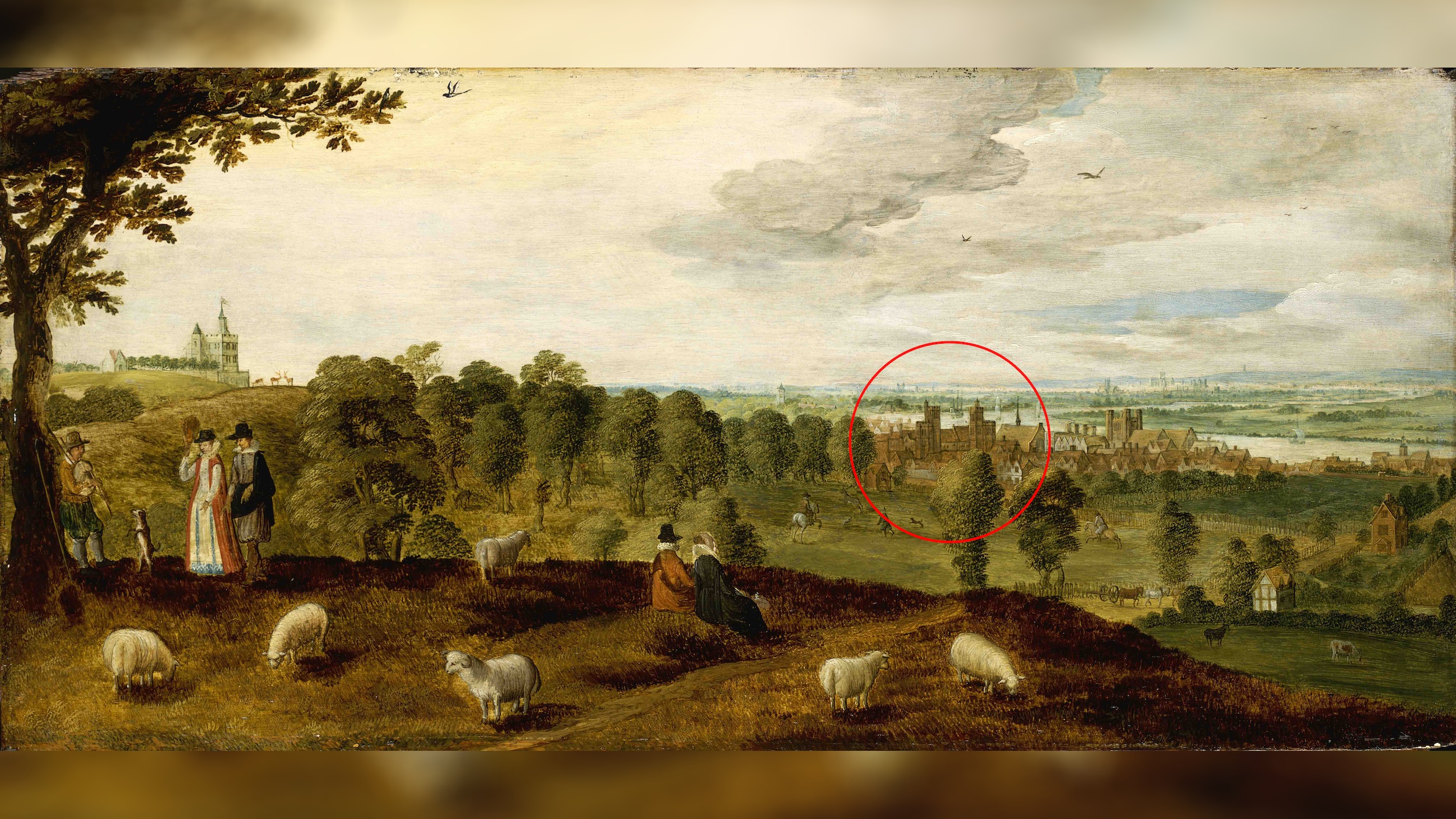
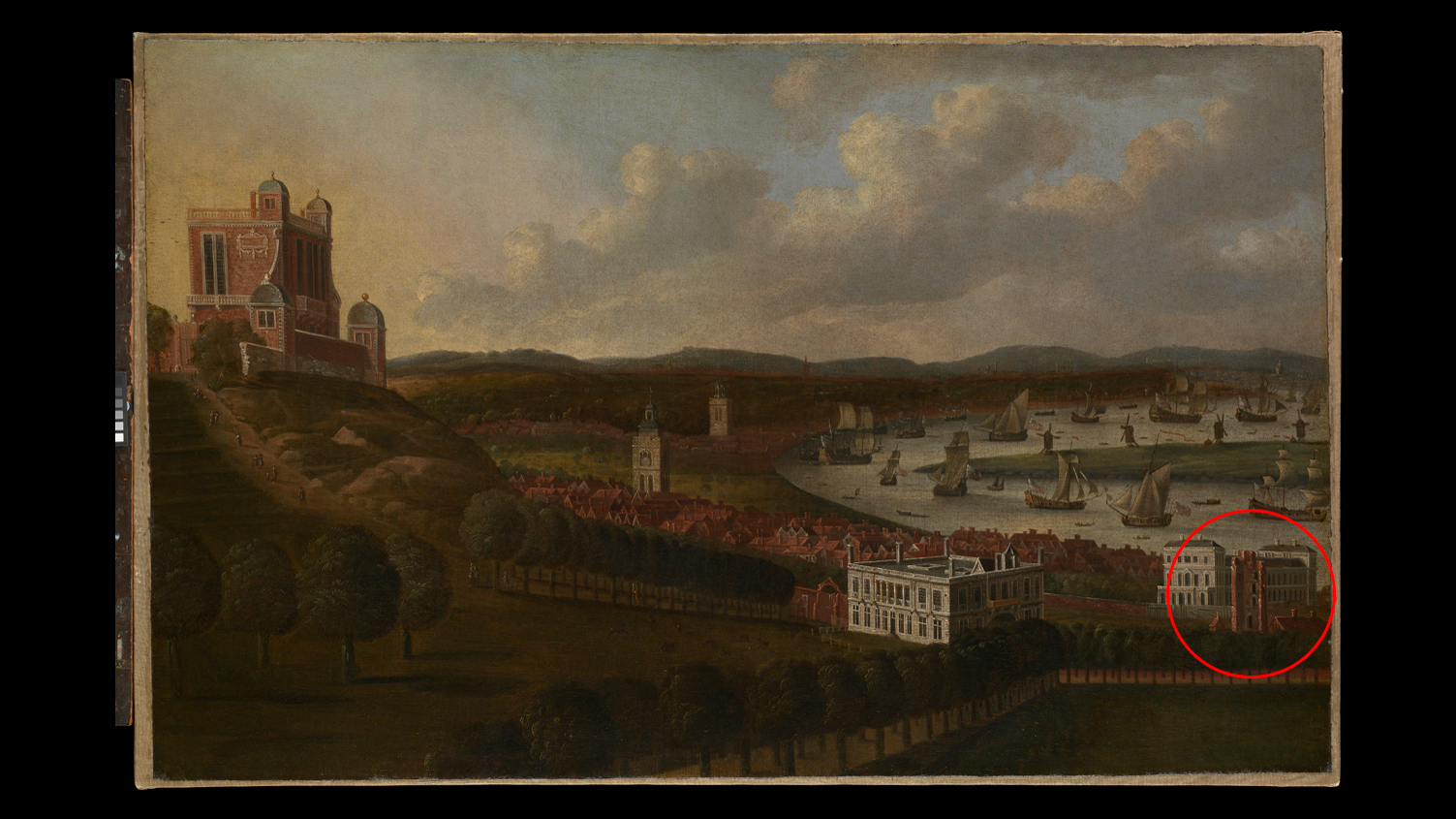


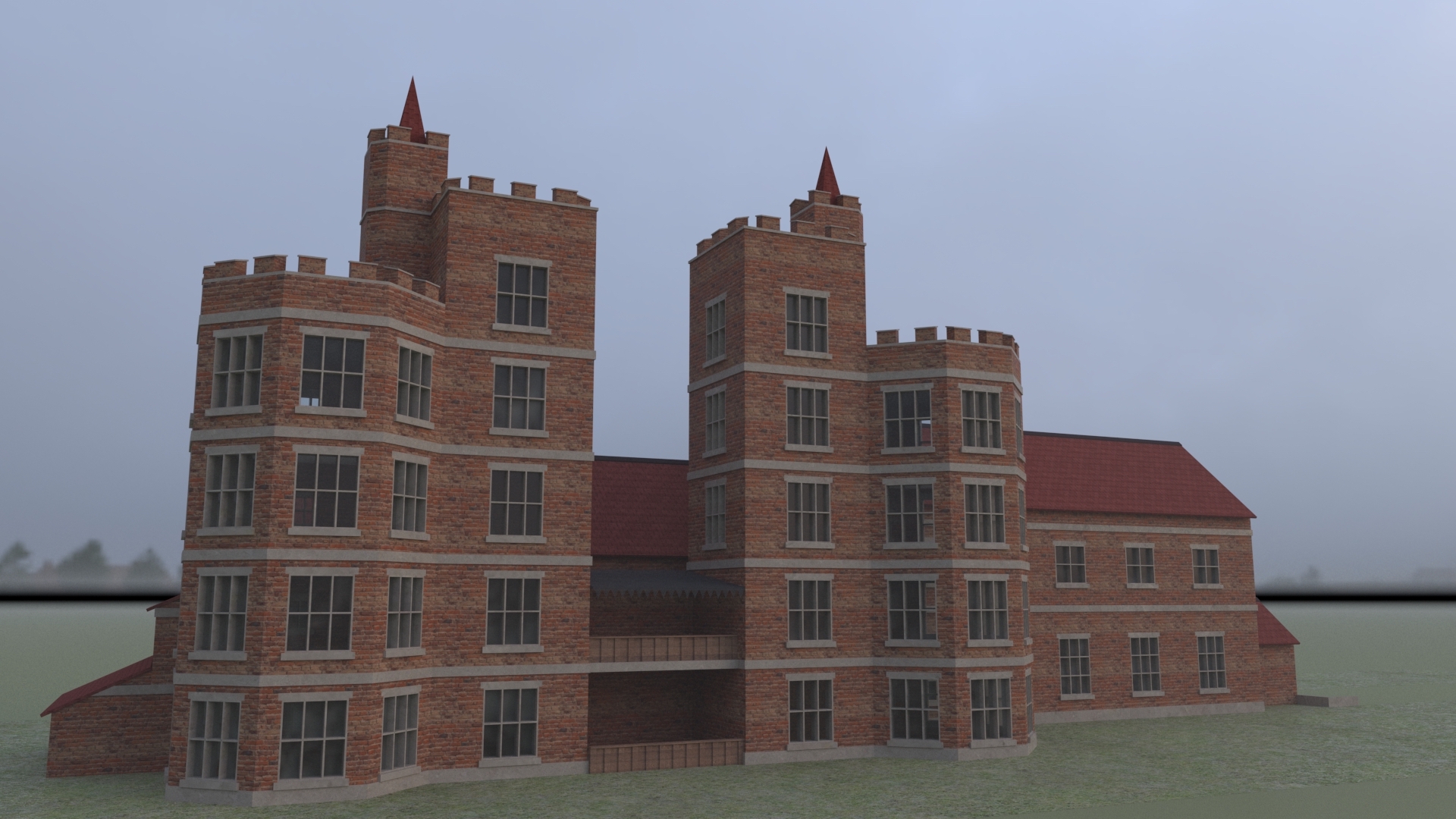
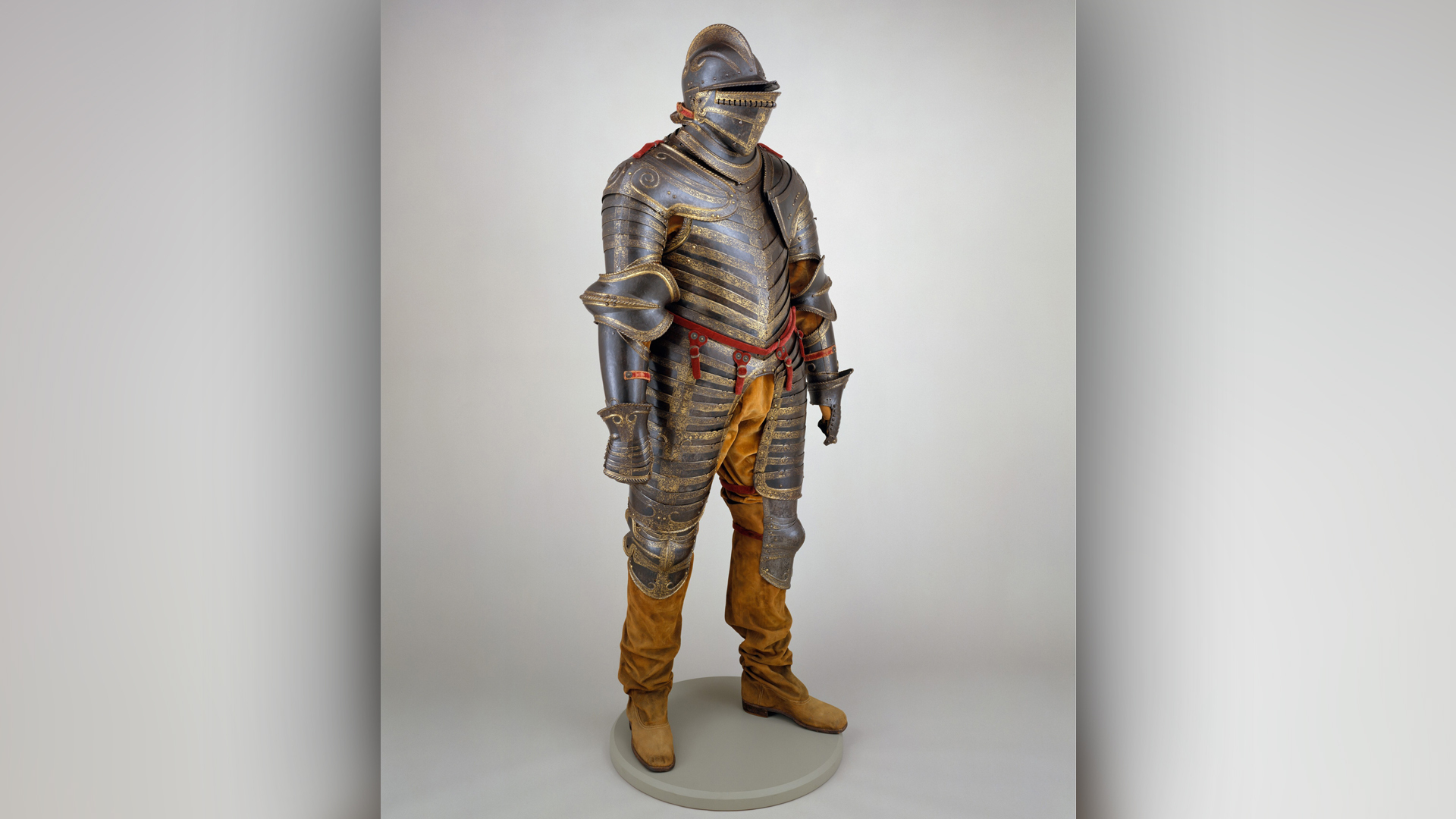
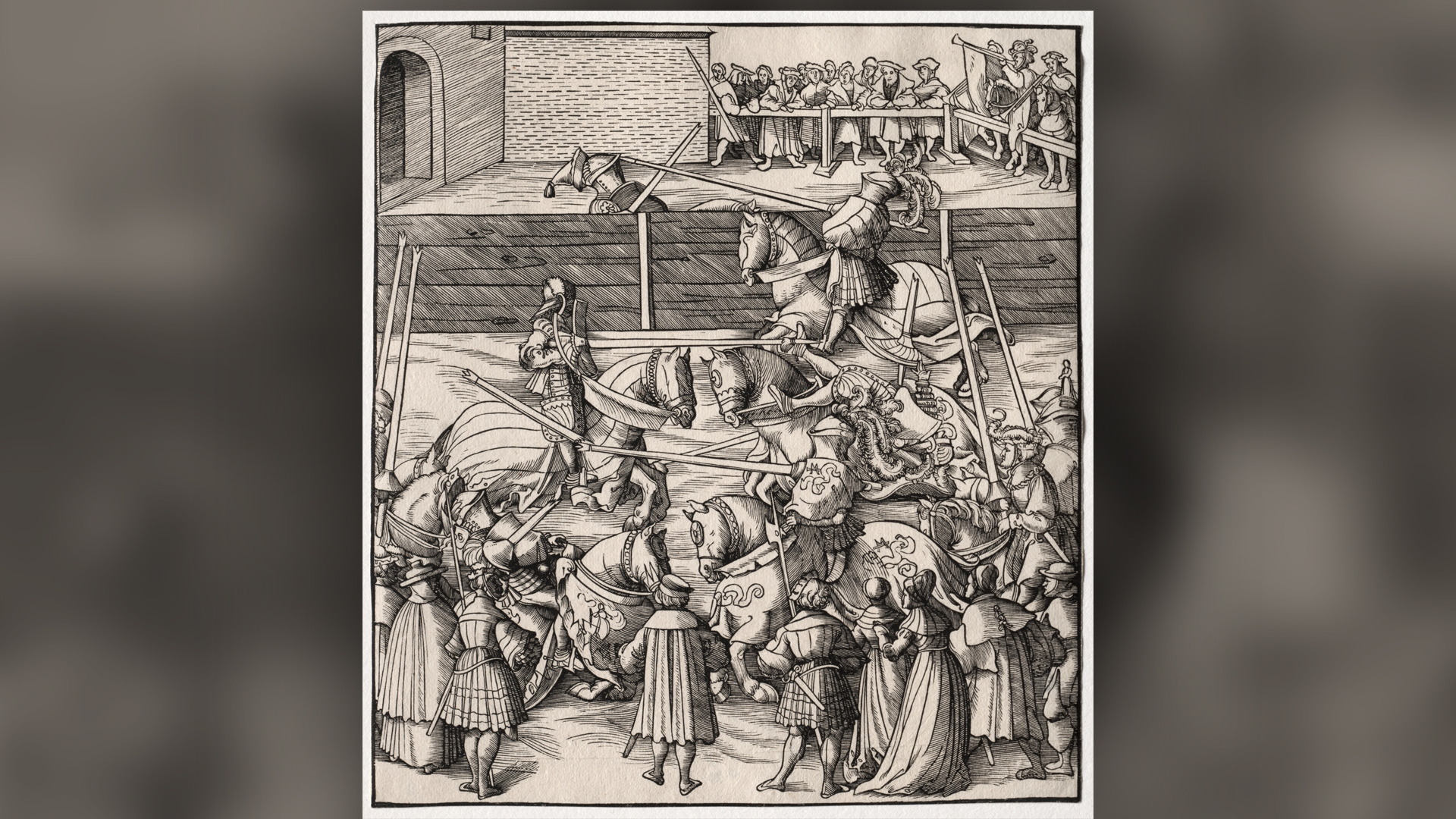
Tiltyard investigation
Withers and his colleagues began looking for the tiltyard because of the 500th anniversary of the Field of the Cloth of Gold, a royal summit held between England and France in 1520. When the team carried out the radar scans earlier this year, just before the COVID-19 lockdown, they found the buried remains of two octagonal buildings, likely what's left of the viewing towers, according to historic paintings that portrayed them as having eight sides, Withers said.
Get the world’s most fascinating discoveries delivered straight to your inbox.
"It's very difficult to think of this octagon not being one of the towers," he said.
The ground-penetrating radar is just the first step, though. "We'll have to have a dig to see what's there," he said. The grounds are now part of the National Maritime Museum, he noted.
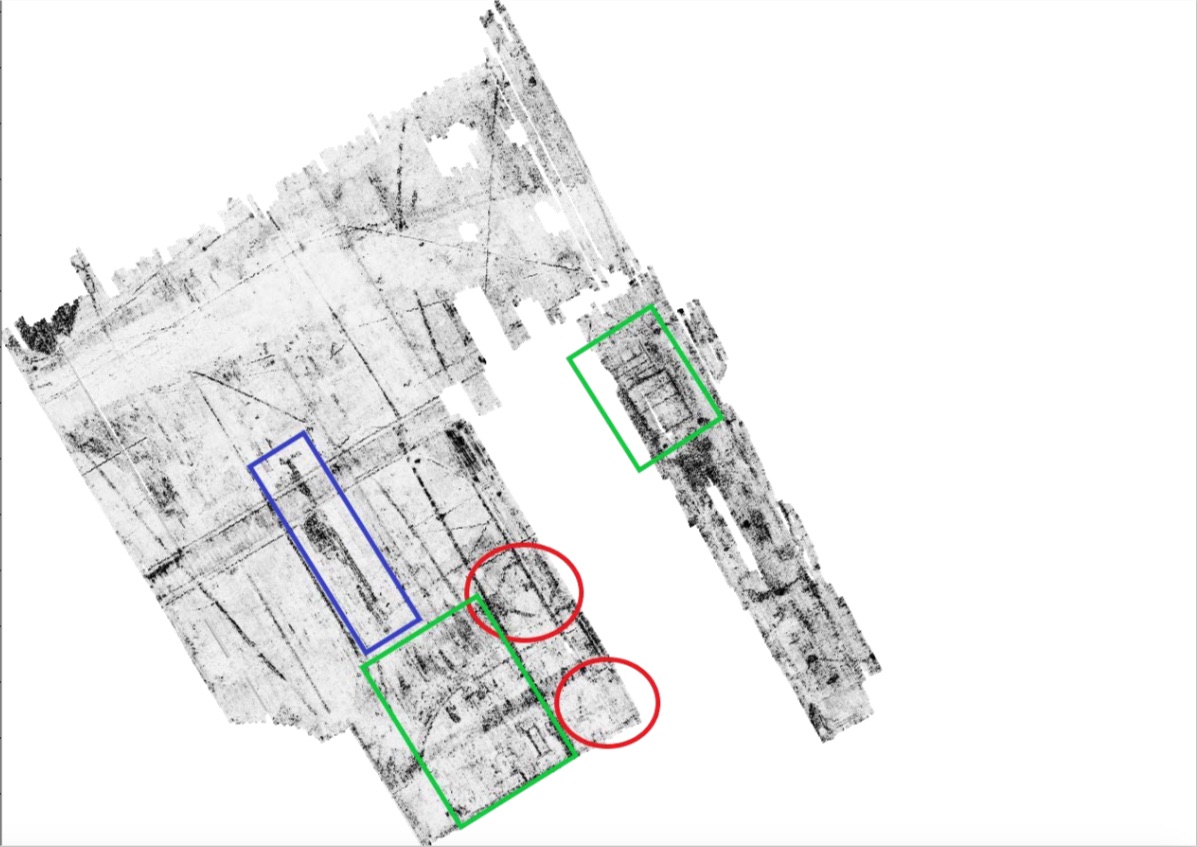

The tiltyard itself was large, about 650 feet by 250 feet (200 by 76 m), which gave competing jousters and their horses space to run toward each other, separated by only a central wooden barrier. On Jan. 24, 1536, the 44-year-old King Henry VIII was jousting when his horse charged so quickly, the monarch toppled off and the horse fell on him. Sources say that Henry went "for two hours without speaking," which modern-day researchers interpret "to mean that the king was unconscious for two hours," according to a 2016 study in the Journal of Clinical Neuroscience.
By the time of the accident, Henry VIII had divorced his first wife Catherine and married Anne Boleyn. Boleyn had already given birth to Elizabeth I, but the couple was hoping for a male heir. When Henry VIII had his jousting accident, Boleyn, who was pregnant again, was told that her husband would likely die. She soon after suffered a miscarriage (her second miscarriage; it was a boy), which Henry blamed her for. A few months later, he accused her of adultery and had her beheaded that May, according to Historic UK.
Henry then married four more times (giving him a total of six wives) before his death at age 55 in 1547.
This isn't the only recent Tudor finding at Greenwich Palace; in 2017, archaeologists found hidden rooms that are now buried underground, Live Science previously reported.
Originally published on Live Science.

Laura is the managing editor at Live Science. She also runs the archaeology section and the Life's Little Mysteries series. Her work has appeared in The New York Times, Scholastic, Popular Science and Spectrum, a site on autism research. She has won multiple awards from the Society of Professional Journalists and the Washington Newspaper Publishers Association for her reporting at a weekly newspaper near Seattle. Laura holds a bachelor's degree in English literature and psychology from Washington University in St. Louis and a master's degree in science writing from NYU.


